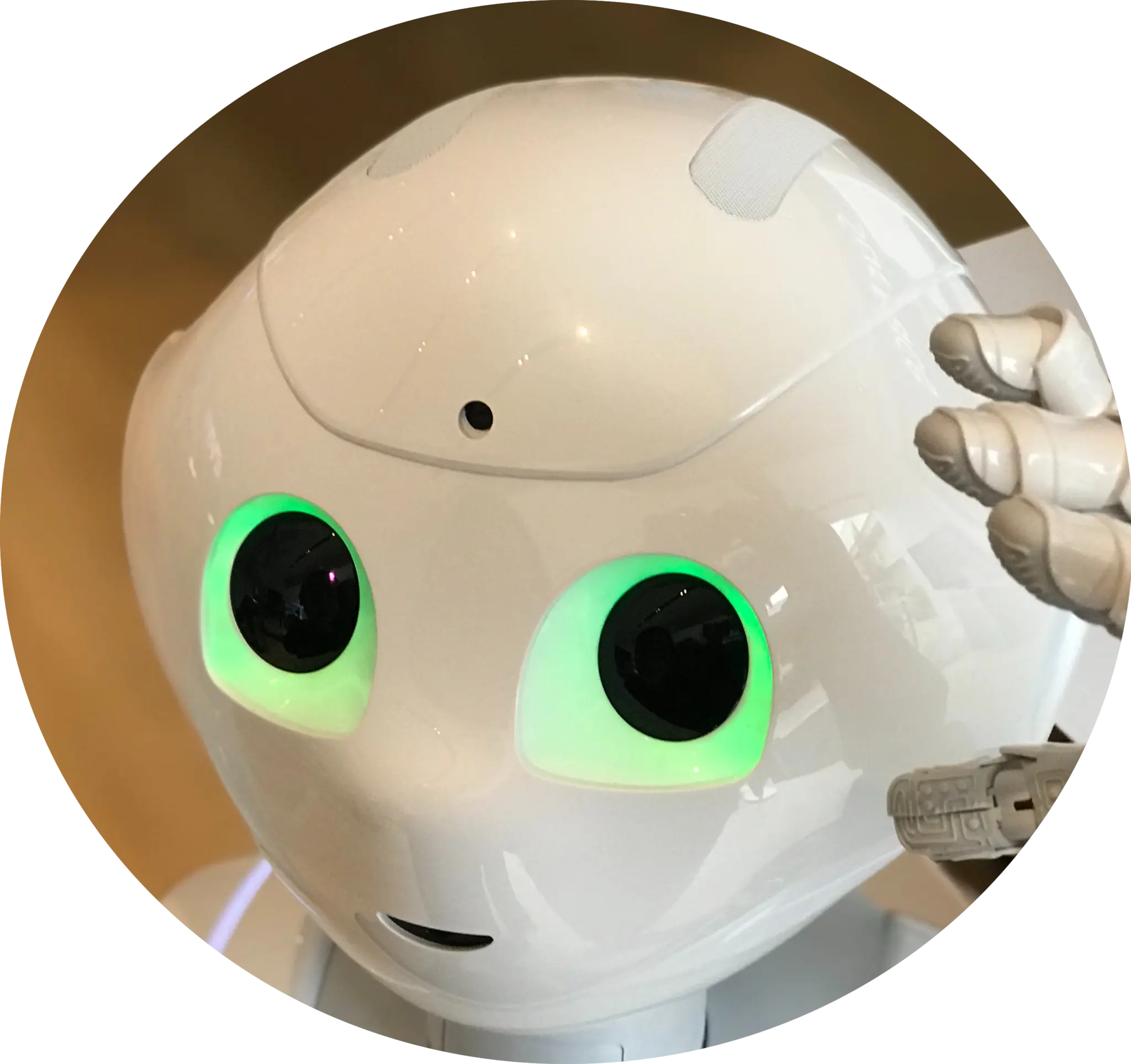In the season that celebrates the wonder of childhood and the joy of giving, buzz abounds about the latest trends in toys. Each year offers fresh takes on playtime offerings, and AI is among the latest innovations to bring new possibilities and challenges to classic amusements.
The Evolution and Enduring Appeal of Toys
Generations of children around the globe have turned to playthings to amuse and challenge themselves, reaping emotional, creative, and developmental rewards in the process. These sources of nourishment for mind, body, and soul have continued to serve the same basic purposes, even as they have evolved with technology over time.
AI-enabled toys—or smart toys—are some of the new kids who are carrying on this legacy. While their relatively high price tags have limited their reach across households thus far, the global market for smart toys is projected to grow at a CAGR of 16.4% between 2023 and 2029. As they emerge, they are joining the ranks of the playthings that have helped define childhood playtime throughout history.
Soothing, Support, and Socialization

AI has brought new dimensions of realism to toys through technologies such as AR/VR, IoT, sentiment analysis, and predictive analytics. By collecting personal insights into the humans who interact with them, these devices can recognize their faces and voices and learn their names, interests, and skill levels. This data enables them to:
- Respond dynamically.
- Create personalized experiences.
- Offer accessibility across abilities.
- Develop individual personalities.
- Detect changes in mood patterns.
- Grow alongside their child companions.
- Provide comfort when tantrums start to brew.
AI can even equip toys to detect health and developmental issues, alerting parents to special needs.
Educational robot pals, such as smart teddy bears, have hit the market with purported benefits such as increasing children’s engagement with learning activities and supporting healthy habits. Like their lower-tech predecessors, AI-driven toys can nurture the social-emotional attributes—such as empathy, language skills, and responsibility—that help us thrive as adults.
Safety and Security
However, the capabilities that help AI-driven toys offer engaging, personalized experiences are also accompanied by some risks. Not only can children learn from AI-driven toys, but their toys can learn from them. Still in their infancy, smart toys have yet to demonstrate their long-term impact on children, but they have given rise to several concerns. For example, research suggests that robotic companions can expose children to harmful biases, stereotypes, and other social scourges of the adult world. Additional hazards include the potential of AI-driven toys, especially devices connected to the Internet of Toys, to create harmful scenarios such as:
- Propagation of disinformation.
- Collection of children’s data that could follow them through their later years.
- Attribution of human agency to robots.
- Emotional manipulation of children for financial gain.
Yet, smart toys are hardly the first playtime innovations to come with risks. Today’s older generations might recall such classics as a lead toy casting kit from the 1930s, an asbestos-laden CSI fingerprint kit, and lawn darts, which were banned in the 1980s.
At the end of the day, regardless of the era or medium, there is no substitute for the supervision of human guardians. Adults can mitigate many of the risks associated with toys of any generation by following some best practices.
Making Smart Choices About Smart Toys
A key takeaway from much of the dialogue surrounding the possible harmful effects of AI on children is that parents should keep up with their children in terms of understanding and using AI tools. In a recent study, while 58% of students aged 12-18 reported that they had used ChatGPT, only 30% of parents reported that they had used ChatGPT.
Beyond educating themselves about AI, parents can mitigate some of the risks associated with smart toys by:
- Becoming familiar with the products’ privacy policy and how data will be used, stored, or shared.
- Learning how to delete data collected by toys.
- Exercising the full range of parental controls.
- Disabling features, such as cameras or microphones, that capture biometric data.
- Limiting access to children’s data and sources of training content by opting for toys that process data internally, rather than in the cloud.
Toy manufacturers, as well as guardians, have a significant role in safeguarding against harmful playtime outcomes. The World Economic Forum has published an Artificial Intelligence for Children Toolkit to offer guidance that helps companies and parents alike navigate these challenges.
Evolution in the Years to Come
The close of a year that saw an explosion of interest in all things AI finds us applying our broader questions about this technology’s impact to the world of children’s play. And as we find ways to use AI responsibly in our adult lives, we’re also learning how to bring its benefits safely to the rising generation. In the meantime, make sure you turn off the AI teddy bear before you talk about your holiday wish list or vacation plans.

